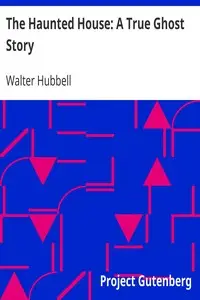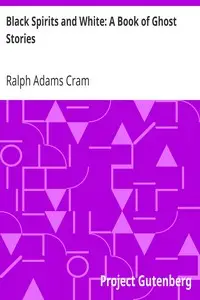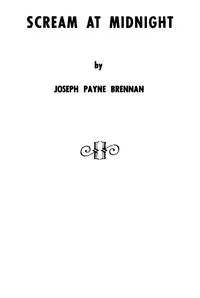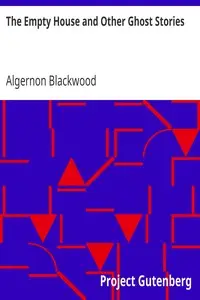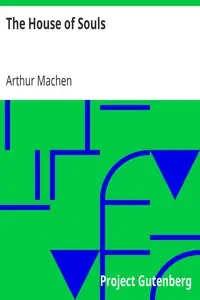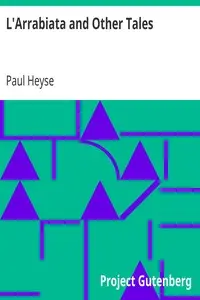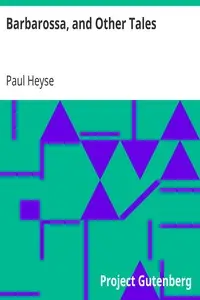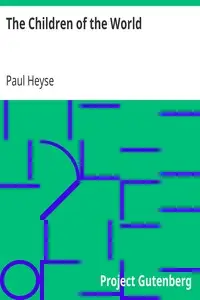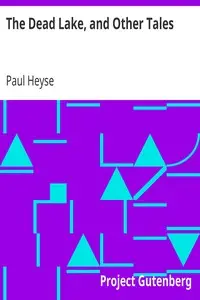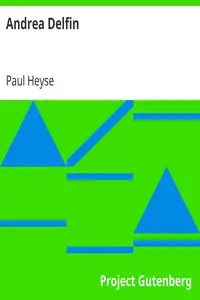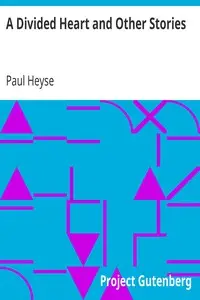"At the Ghost Hour. The House of the Unbelieving Thomas" by Paul Heyse is a tale set in a late 1800s German town that faces the arrival of two women escaping hardship, who then settle in an old haunted house, sparking both intrigue and fear. As they adjust to life in the eerie home, they stir a mix of curiosity and superstition among the locals, especially once a young doctor reconnects with his home and develops feelings for the daughter. The story reaches a critical point when a fire engulfs the haunted house, leading to a heroic rescue that intertwines the fates of the doctor and these women, challenging the societal norms that have cast them as outcasts; the story highlights the pervasive power of love to overcome prejudice, fear, and social constraints.
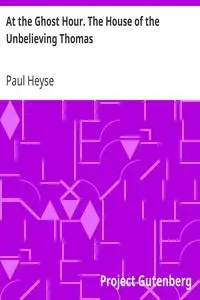
At the Ghost Hour. The House of the Unbelieving Thomas
By Paul Heyse
In a town gripped by superstition, a doctor's destiny becomes entangled with two women dwelling in a haunted house, leading to a fiery climax that could either break social barriers or consume their chance at happiness.
Summary
About the AuthorPaul Johann Ludwig von Heyse was a German writer and translator. A member of two important literary societies, the Tunnel über der Spree in Berlin and Die Krokodile in Munich, he wrote novels, poetry, 177 short stories, and about sixty dramas. The sum of Heyse's many and varied productions made him a dominant figure among German men of letters. He was awarded the 1910 Nobel Prize in Literature "as a tribute to the consummate artistry, permeated with idealism, which he has demonstrated during his long productive career as a lyric poet, dramatist, novelist and writer of world-renowned short stories." Wirsen, one of the Nobel judges, said that "Germany has not had a greater literary genius since Goethe." Heyse is the fifth oldest laureate in literature, after Alice Munro, Jaroslav Seifert, Theodor Mommsen and Doris Lessing.
Paul Johann Ludwig von Heyse was a German writer and translator. A member of two important literary societies, the Tunnel über der Spree in Berlin and Die Krokodile in Munich, he wrote novels, poetry, 177 short stories, and about sixty dramas. The sum of Heyse's many and varied productions made him a dominant figure among German men of letters. He was awarded the 1910 Nobel Prize in Literature "as a tribute to the consummate artistry, permeated with idealism, which he has demonstrated during his long productive career as a lyric poet, dramatist, novelist and writer of world-renowned short stories." Wirsen, one of the Nobel judges, said that "Germany has not had a greater literary genius since Goethe." Heyse is the fifth oldest laureate in literature, after Alice Munro, Jaroslav Seifert, Theodor Mommsen and Doris Lessing.

